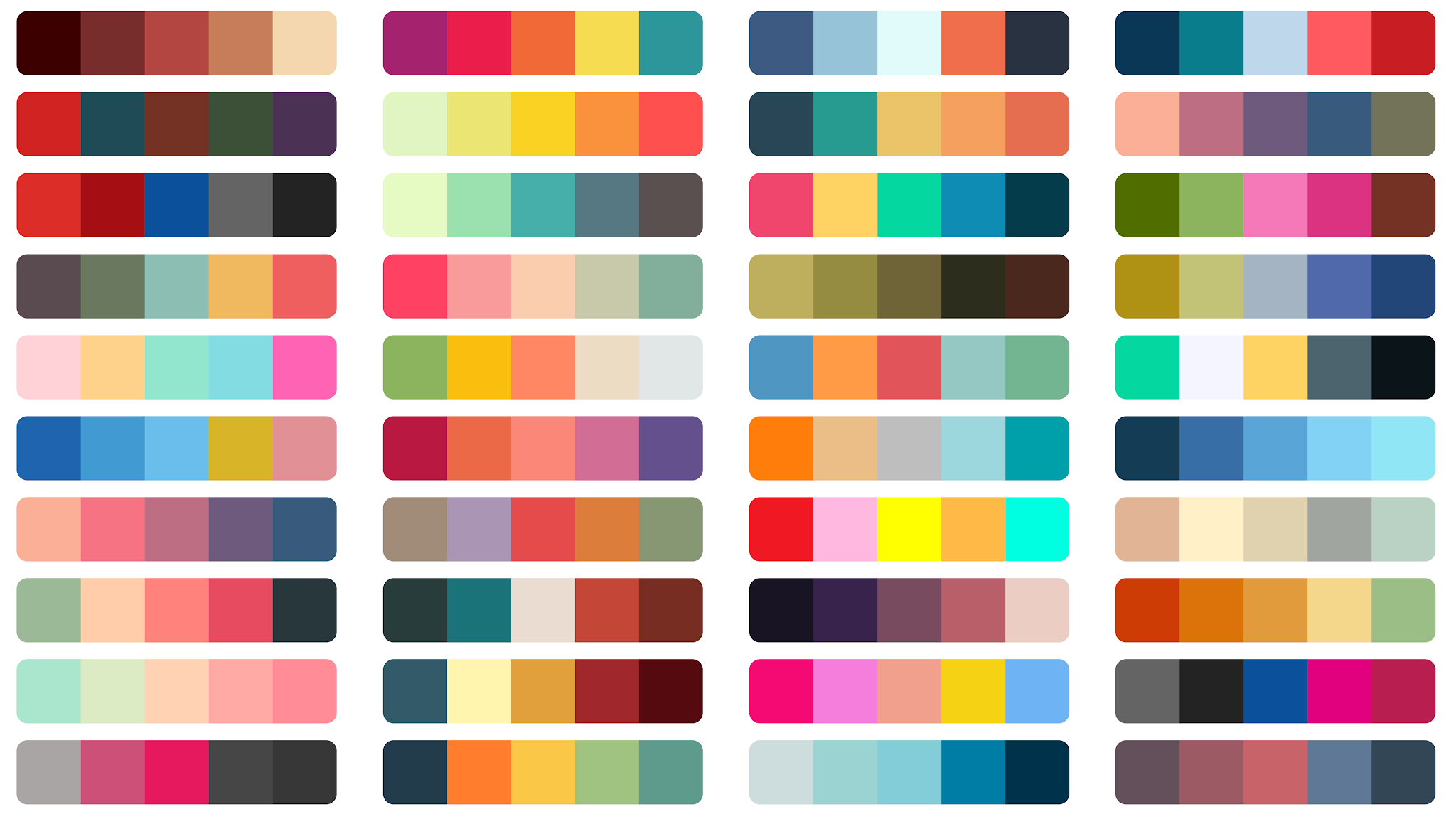When it comes to choosing the perfect color scheme for your living room, a neutral color palette is always a safe and stylish choice. This classic color scheme consists of shades of white, beige, and gray, creating a calming and sophisticated atmosphere in any space. Neutral colors also work well with any decor style, making it easy to switch up your living room's look without having to change the entire color scheme. One of the main benefits of a neutral color scheme is its versatility. You can add pops of color through accessories and accents, such as throw pillows, rugs, and artwork, to liven up the space. Plus, neutral colors are easy to match, so you won't have to worry about clashing colors or patterns. For a cohesive look, consider using different shades of neutral colors instead of just one. This will add depth and dimension to the room, and prevent it from looking too plain or boring. You can also mix textures, such as a plush white rug, a woven beige blanket, and a velvet gray sofa, to add visual interest to the space. Some popular neutral colors to consider for your living room include ivory, cream, taupe, and charcoal. These colors create a warm and inviting atmosphere while still maintaining a clean and elegant look.Neutral Color Scheme
If you want to add some color to your living room without overwhelming the space, a monochromatic color scheme might be the perfect choice for you. This color scheme uses different shades and tones of a single color, creating a harmonious and cohesive look. For example, if you choose blue as your main color, you can incorporate different shades of blue, such as navy, sky blue, and teal, in your living room. This will create a calming and serene atmosphere, perfect for relaxation and unwinding after a long day. To make this color scheme even more interesting, you can mix and match different textures and patterns. For instance, a navy blue velvet sofa paired with a light blue and white striped rug can add depth and dimension to the room, while still maintaining the monochromatic look. Monochromatic color schemes are also great for small living rooms, as they can make the space look bigger and more open. The lack of contrasting colors creates a seamless flow, making the room feel more spacious and cohesive.Monochromatic Color Scheme
For those who want to add a bold and dynamic look to their living room, a complementary color scheme is the way to go. This color scheme uses colors that are opposite each other on the color wheel, such as blue and orange, or red and green. The contrast between these colors creates a vibrant and eye-catching look, making it perfect for those who love a pop of color in their living room. However, it's important to use these colors in moderation to prevent the room from looking too overwhelming. One way to incorporate a complementary color scheme without going overboard is to use one color as the main color and the other as an accent. For example, you can have a blue sofa with orange throw pillows, or a green accent wall with red artwork. If you're feeling adventurous, you can also use different shades and tones of the complementary colors to create a more balanced and cohesive look. This will prevent the colors from clashing and create a more harmonious atmosphere in the room.Complementary Color Scheme
If you want a color scheme that is both visually appealing and easy on the eyes, an analogous color scheme might be the perfect fit for your living room. This color scheme uses colors that are next to each other on the color wheel, such as blue and green, or yellow and orange. Analogous color schemes are great for creating a cohesive and harmonious look in your living room. These colors work well together and create a sense of unity and balance in the space. To make the most out of this color scheme, it's important to choose one dominant color and use the others as accents. For example, you can have a blue accent wall with green and yellow accessories, or a yellow sofa with orange and red throw pillows. Analogous color schemes are also great for creating a calming and inviting atmosphere in your living room. The colors complement each other, creating a relaxing and harmonious space that is perfect for unwinding after a long day.Analogous Color Scheme
A triadic color scheme is another great option for those who want to add a pop of color to their living room while maintaining a balanced and harmonious look. This color scheme uses three colors that are evenly spaced on the color wheel, such as red, yellow, and blue. The contrast between these colors creates a lively and dynamic atmosphere in the room, making it perfect for those who want to make a statement with their living room's color scheme. To prevent the room from looking too overwhelming, it's important to choose one color as the dominant color and use the others as accents. For example, you can have a red accent wall with yellow and blue accessories, or a blue sofa with red and yellow throw pillows. If you're feeling bold, you can also use different shades and tones of the triadic colors to add depth and dimension to the room. This will create a more balanced and cohesive look, without sacrificing the color scheme's vibrancy and energy.Triadic Color Scheme
If you want a color scheme that is vibrant and visually stimulating, a tetradic color scheme might be the perfect choice for your living room. This color scheme uses four colors that are evenly spaced on the color wheel, creating a bold and dynamic look. The key to making this color scheme work is to choose one color as the dominant color and use the others as accents. For example, you can have a purple accent wall with yellow, blue, and green accessories, or a green sofa with purple, blue, and yellow throw pillows. Tetradic color schemes are great for creating a lively and energetic atmosphere in your living room, but it's important to use these colors in moderation to prevent the room from looking too overwhelming. If you're not sure which colors to choose for a tetradic color scheme, you can use the 60-30-10 rule. This means that 60% of the room should be the dominant color, 30% should be the secondary color, and 10% should be the accent color.Tetradic Color Scheme
If you want to create a cozy and inviting atmosphere in your living room, a warm color scheme might be the perfect fit for you. Warm colors, such as red, orange, and yellow, can add energy and warmth to the space, making it perfect for cold and dreary days. The key to making this color scheme work is to balance out the warm colors with cooler ones. For example, you can have a red accent wall with gray and white furniture, or a yellow sofa with blue and green accents. Warm color schemes are also great for creating a welcoming and lively atmosphere in your living room. These colors can make the space feel more inviting and cozy, making it the perfect spot for entertaining guests or spending time with your family.Warm Color Scheme
If you want to create a calm and serene atmosphere in your living room, a cool color scheme might be the perfect choice for you. Cool colors, such as blue, green, and purple, can create a sense of tranquility and relaxation in the space. To prevent the room from feeling too cold and clinical, it's important to balance out the cool colors with warm ones. For example, you can have a blue accent wall with brown and beige furniture, or a green sofa with yellow and orange accents. Cool color schemes are also great for creating a refreshing and soothing atmosphere in your living room. These colors can make the space feel more open and airy, making it the perfect spot to unwind and relax.Cool Color Scheme
If you want to create a warm and natural atmosphere in your living room, an earth tone color scheme might be the perfect fit for you. This color scheme consists of colors that are inspired by nature, such as browns, greens, and warm grays. Earth tone color schemes are great for creating a cozy and inviting atmosphere in your living room. These colors can make the space feel more grounded and connected to nature, making it the perfect spot to relax and unwind. To prevent the room from feeling too monotonous, it's important to add pops of color through accessories and accents. For example, you can have a brown sofa with green and blue throw pillows, or a beige accent wall with a colorful artwork.Earth Tone Color Scheme
For those who prefer a simple and clutter-free living room, a minimalist color scheme might be the perfect choice. This color scheme uses a neutral color palette with pops of black and white, creating a clean and sleek look in the space. The key to making this color scheme work is to focus on the textures and materials in the room. For example, you can have a white sofa with a black and white striped rug, or a gray accent wall with a black and white gallery wall. Minimalist color schemes are also great for creating a sense of calm and balance in your living room. These colors can make the space feel more open and uncluttered, making it the perfect spot to relax and unwind after a busy day. In conclusion, choosing the right color scheme for your living room can make a huge difference in the overall look and feel of the space. Whether you prefer a neutral and calming atmosphere or a bold and vibrant one, there is a color scheme that will suit your style and personality. Remember to play with different shades, textures, and patterns to create a unique and personalized living room that you'll love spending time in.Minimalist Color Scheme
The Power of Color: Creating the Perfect Living Room Color Scheme
 When it comes to designing your living room, choosing the right color scheme is essential. Not only does it set the tone and atmosphere of the room, but it also reflects your personal style and taste. With so many color options available, it can be overwhelming to decide on the best one for your living room. However, by understanding the power of color and how it can affect the overall look and feel of a room, you can create a stunning and inviting living space. In this article, we will explore the best color scheme for a living room and how it can transform your home.
When it comes to designing your living room, choosing the right color scheme is essential. Not only does it set the tone and atmosphere of the room, but it also reflects your personal style and taste. With so many color options available, it can be overwhelming to decide on the best one for your living room. However, by understanding the power of color and how it can affect the overall look and feel of a room, you can create a stunning and inviting living space. In this article, we will explore the best color scheme for a living room and how it can transform your home.
The Importance of Choosing the Right Colors
 Colors have the ability to evoke different emotions and moods. For instance, warm colors such as red, orange, and yellow can create a cozy and welcoming atmosphere, while cool colors like blue, green, and purple can give a sense of calm and relaxation. When choosing a color scheme for your living room, it is important to consider the function of the room, the amount of natural light it receives, and your personal preferences.
The Main Keyword: Best Color Scheme for Living Room
Colors have the ability to evoke different emotions and moods. For instance, warm colors such as red, orange, and yellow can create a cozy and welcoming atmosphere, while cool colors like blue, green, and purple can give a sense of calm and relaxation. When choosing a color scheme for your living room, it is important to consider the function of the room, the amount of natural light it receives, and your personal preferences.
The Main Keyword: Best Color Scheme for Living Room
Neutral Colors: A Timeless and Versatile Choice
 If you are looking for a safe and timeless option, neutral colors are a great choice for a living room. Shades of white, beige, and grey can create a clean and sophisticated look, making it easy to incorporate different styles and décor. Additionally, neutral colors act as a blank canvas, allowing you to add pops of bold colors through accent pieces such as pillows, rugs, and artwork. This gives you the flexibility to change the color scheme in the future without having to completely redecorate.
If you are looking for a safe and timeless option, neutral colors are a great choice for a living room. Shades of white, beige, and grey can create a clean and sophisticated look, making it easy to incorporate different styles and décor. Additionally, neutral colors act as a blank canvas, allowing you to add pops of bold colors through accent pieces such as pillows, rugs, and artwork. This gives you the flexibility to change the color scheme in the future without having to completely redecorate.
Monochromatic Colors: Create Depth and Dimension
 A monochromatic color scheme uses different shades and tones of the same color to create a cohesive and harmonious look. This can be achieved by using lighter and darker shades of a color, or by incorporating different textures and patterns. Monochromatic colors are perfect for small living rooms as they create an illusion of space and depth. They also give a modern and sleek look to the room, making it a popular choice for contemporary homes.
A monochromatic color scheme uses different shades and tones of the same color to create a cohesive and harmonious look. This can be achieved by using lighter and darker shades of a color, or by incorporating different textures and patterns. Monochromatic colors are perfect for small living rooms as they create an illusion of space and depth. They also give a modern and sleek look to the room, making it a popular choice for contemporary homes.
Complementary Colors: Add Drama and Contrast
/169789002-58a723d63df78c345b930ec6.jpg) For those who want to make a statement with their living room color scheme, complementary colors are the way to go. These are colors that are opposite each other on the color wheel, such as blue and orange or purple and yellow. When used together, these colors create a striking contrast and add a bold and energetic vibe to the room. However, it is important to use these colors in moderation to avoid overwhelming the space.
Related Main Keywords: House Design, Living Room, Personal Style, Color Options, Natural Light, Different Emotions, Neutral Colors, Monochromatic Colors, Complementary Colors
In conclusion, the best color scheme for your living room ultimately depends on your personal style, the function of the room, and the amount of natural light it receives. By understanding the psychology of color and the different effects they can have, you can create a living room that is not only aesthetically pleasing but also reflects your personality. Whether you choose a neutral, monochromatic, or complementary color scheme, be sure to incorporate your own unique touch to make it truly yours.
For those who want to make a statement with their living room color scheme, complementary colors are the way to go. These are colors that are opposite each other on the color wheel, such as blue and orange or purple and yellow. When used together, these colors create a striking contrast and add a bold and energetic vibe to the room. However, it is important to use these colors in moderation to avoid overwhelming the space.
Related Main Keywords: House Design, Living Room, Personal Style, Color Options, Natural Light, Different Emotions, Neutral Colors, Monochromatic Colors, Complementary Colors
In conclusion, the best color scheme for your living room ultimately depends on your personal style, the function of the room, and the amount of natural light it receives. By understanding the psychology of color and the different effects they can have, you can create a living room that is not only aesthetically pleasing but also reflects your personality. Whether you choose a neutral, monochromatic, or complementary color scheme, be sure to incorporate your own unique touch to make it truly yours.



:max_bytes(150000):strip_icc()/what-is-a-neutral-color-1973822-03-3fab8b5a361d49638d3de1cbaf579a22.jpg)
/MyDomaine_ColorPalette-Neutral-2-3590678b1c9143e28dd6b536f0a1e008.jpg)


:max_bytes(150000):strip_icc()/MyDomaine_ColorPalette-Neutral-1-fe9a91dcf8814904a630a0d928216bcd.jpg)

/neutral-color-scheme-CK-Garden-Stone-57e59bc15f9b586c35f4d16b.png)
/Lee-Edwards-Getty-Images-56a5ae653df78cf7728968ec.jpg)

/Neutrallivingroom-GettyImages-568518365-5a6260a87d4be80036ac6b0c.jpg)





































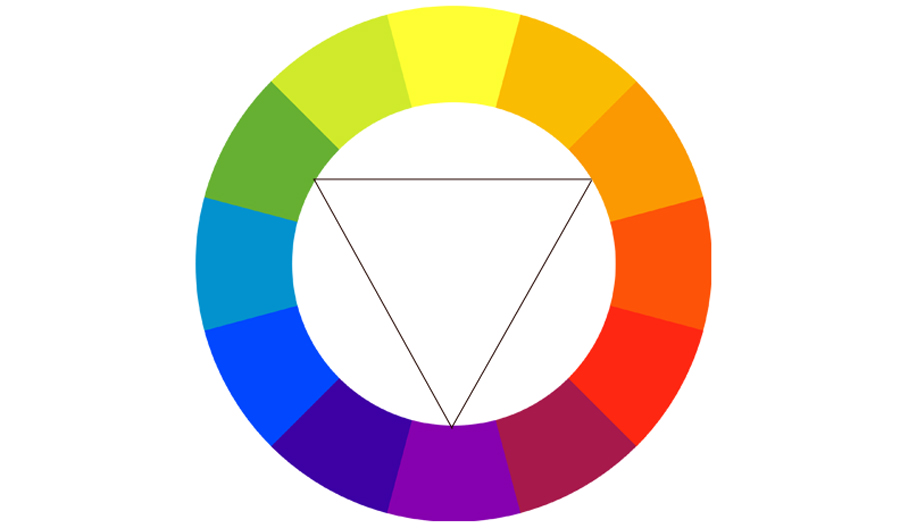








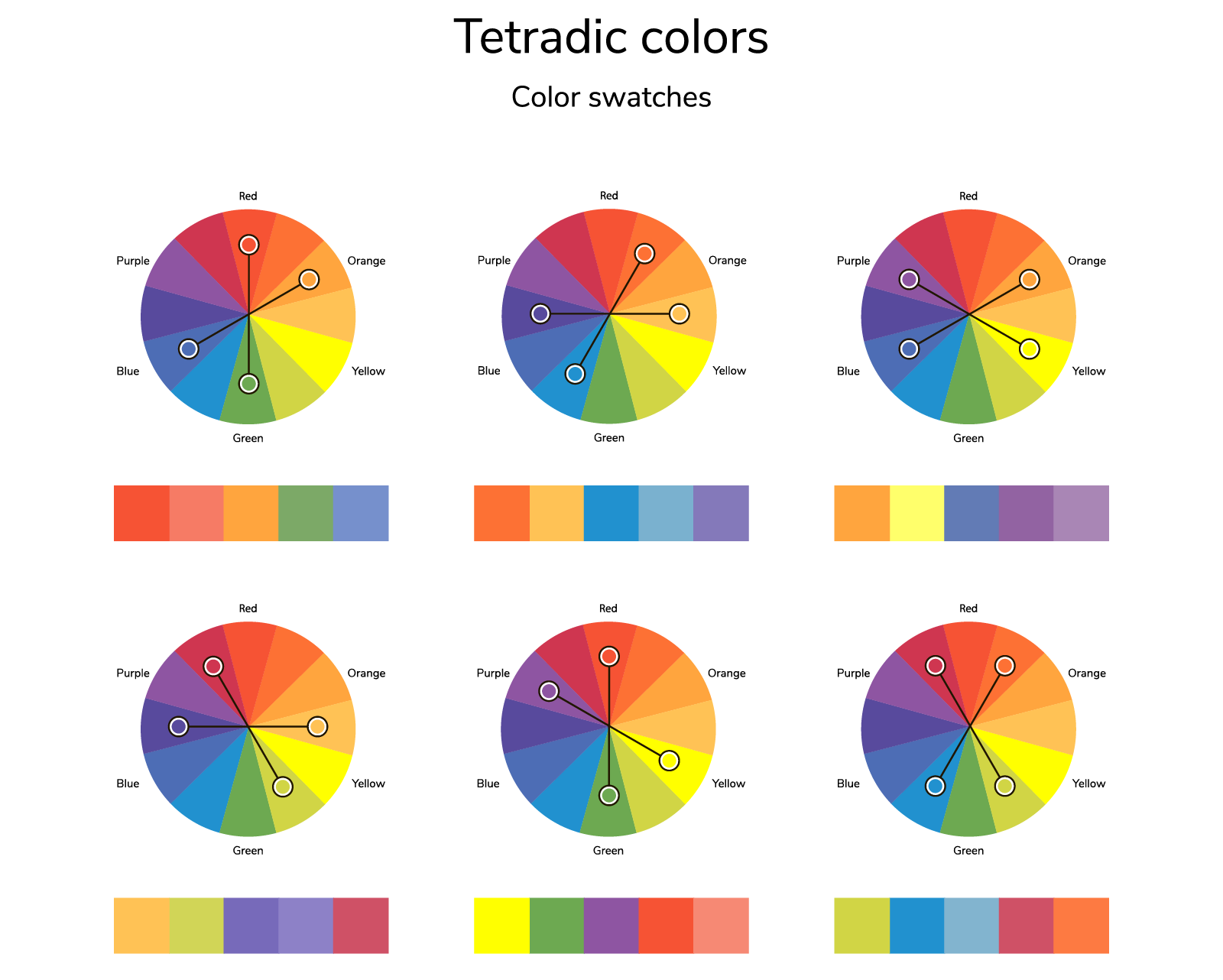

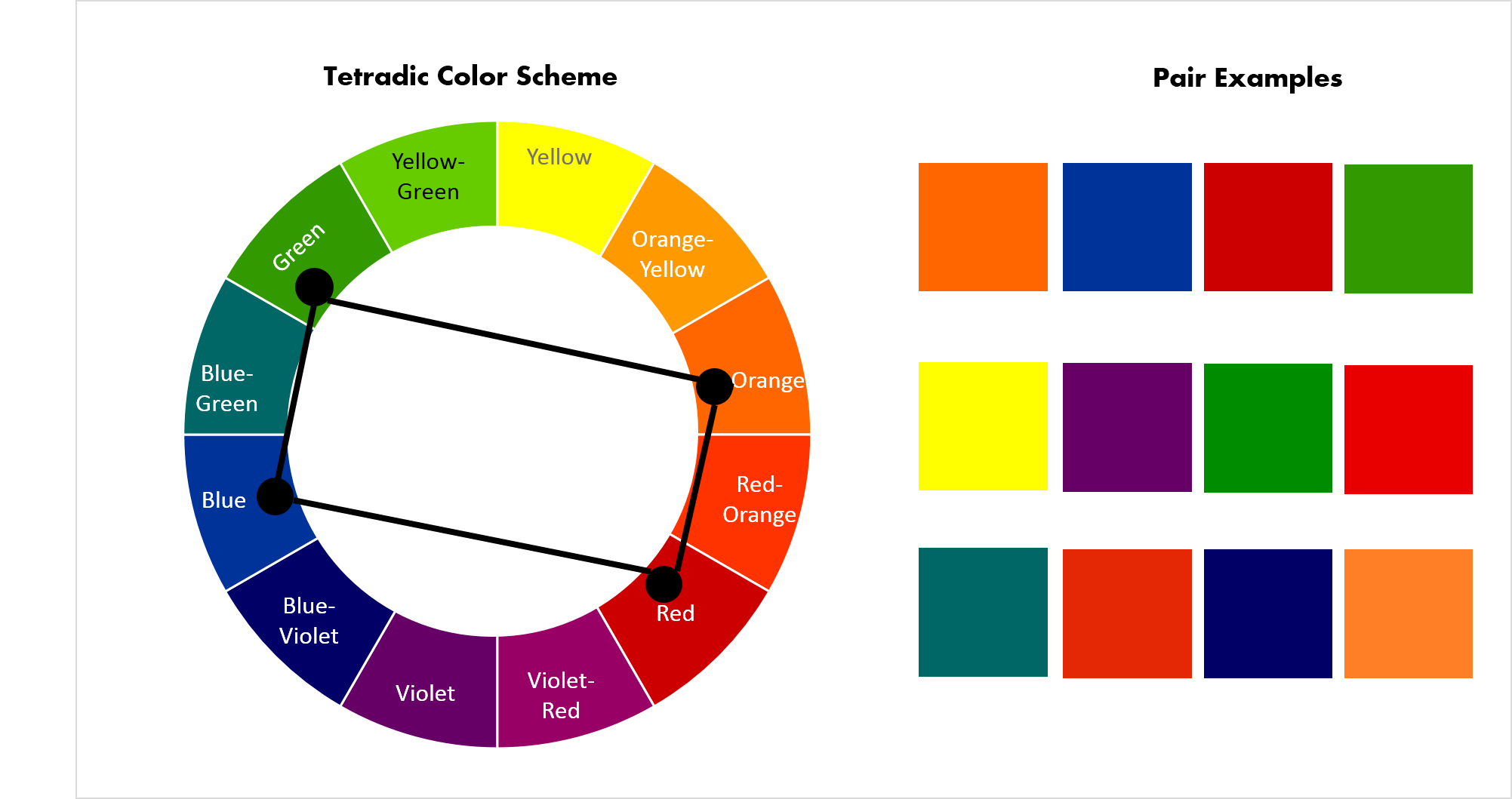












/Homedecorwarmcolors-GettyImages-640896866-596fcc88af5d3a00110c5931.jpg)



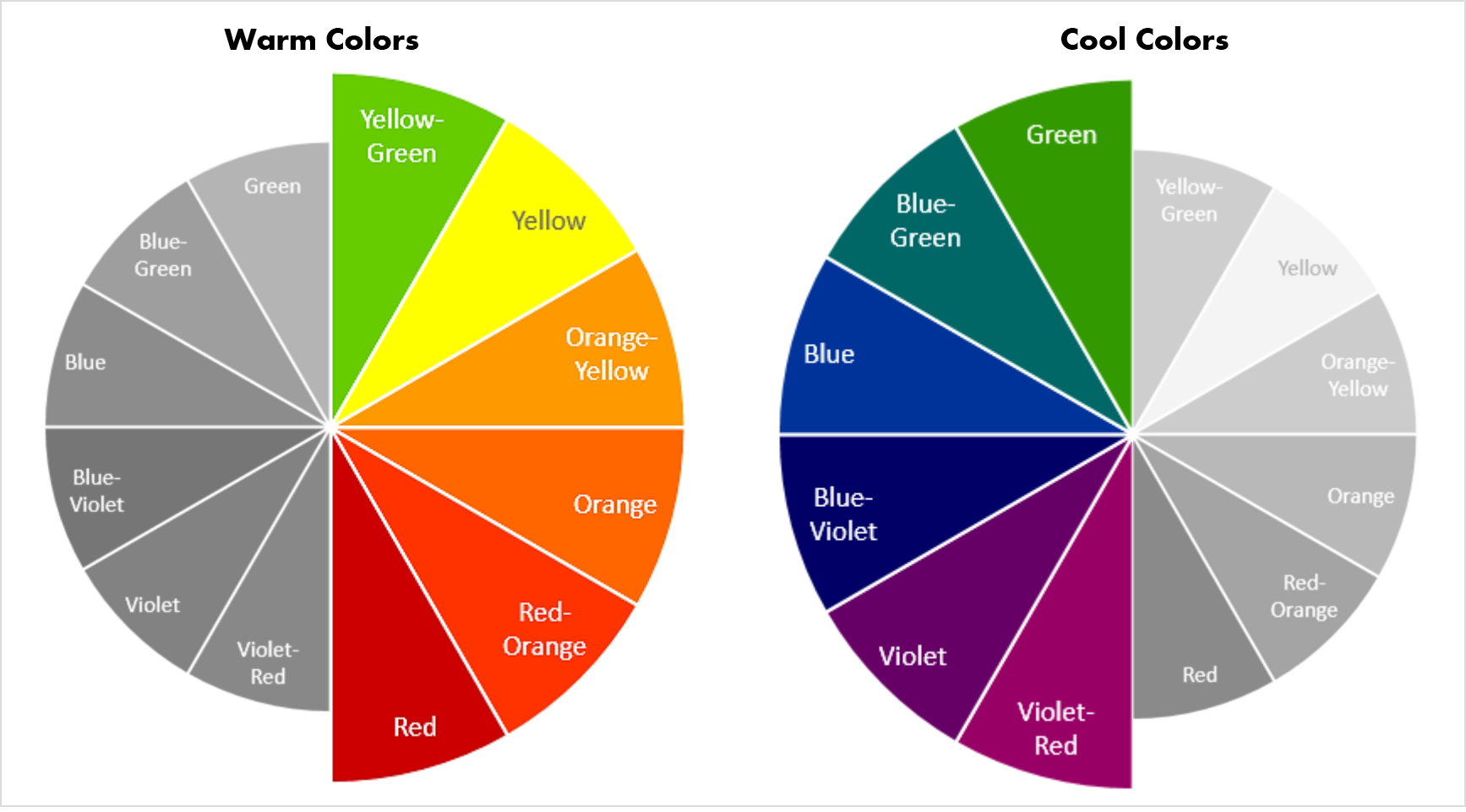






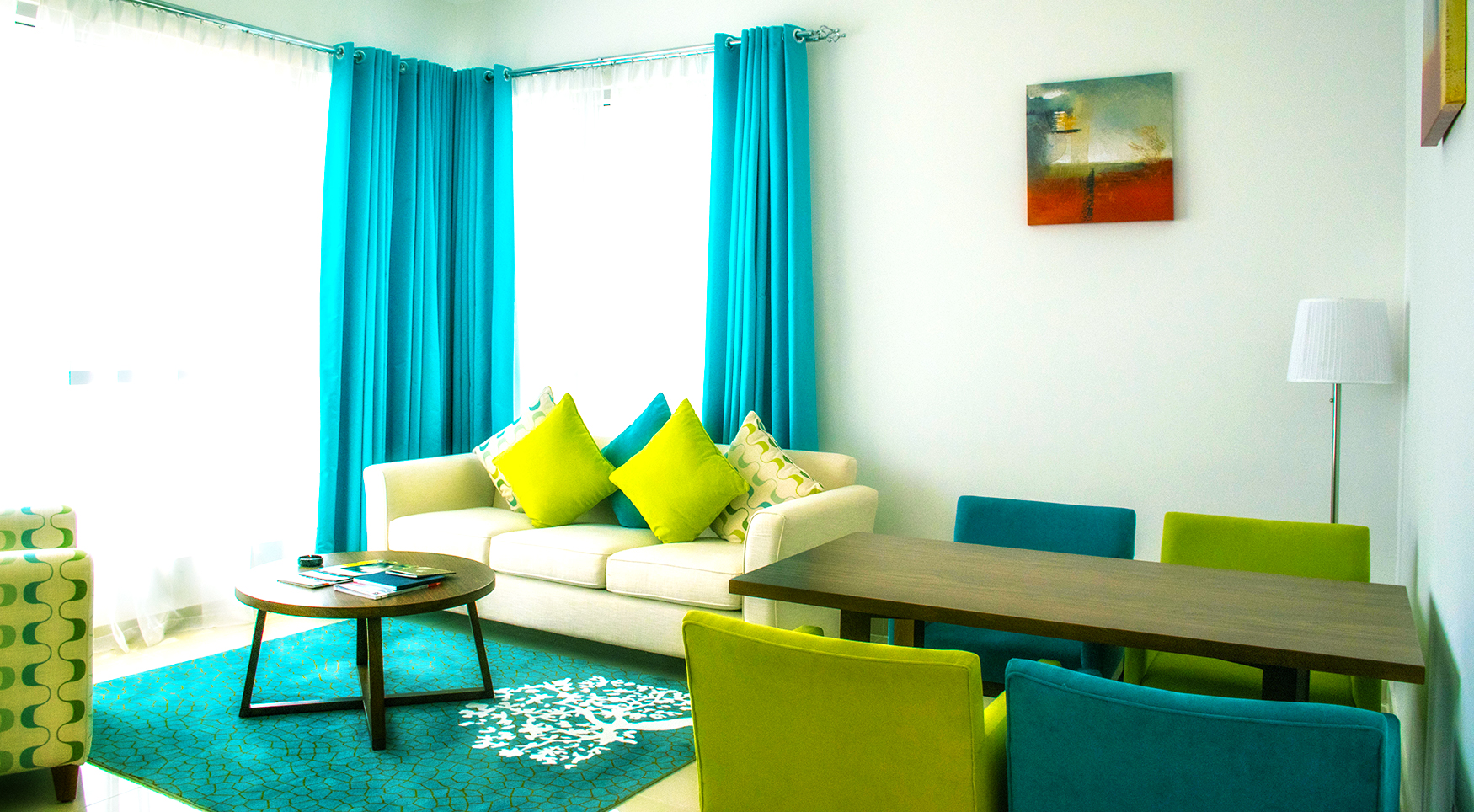



/modern-and-bohemian-composition-of-interior-design-with-gray-sofa--rattan-armchair--retro-footrest--plaid--pillow--tropical-plants--small-table-and-elegant-accessories--stylish-home-decor--template--1166445580-1d2970fa36204484a733ab568b70646b.jpg)

